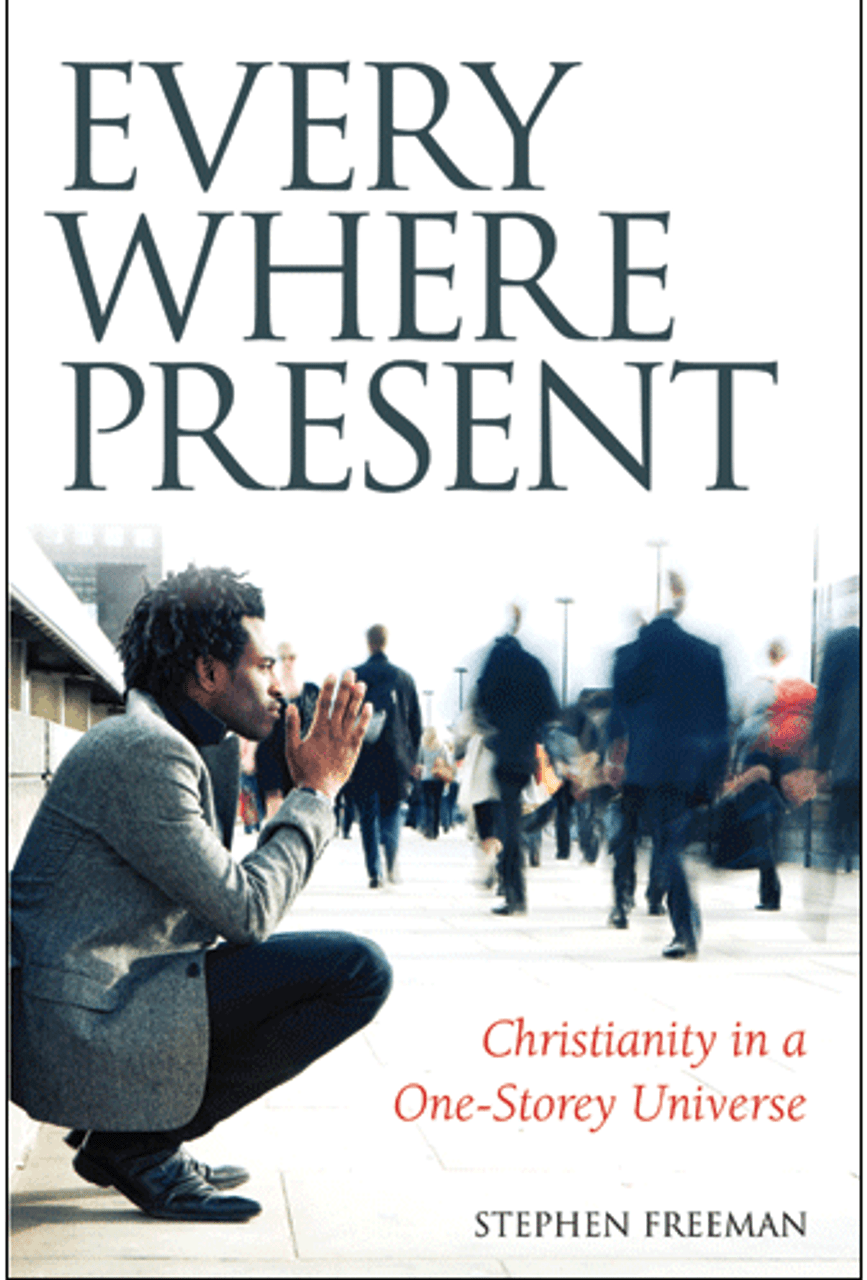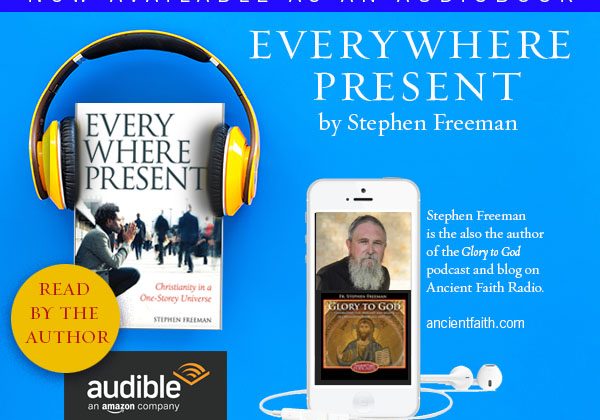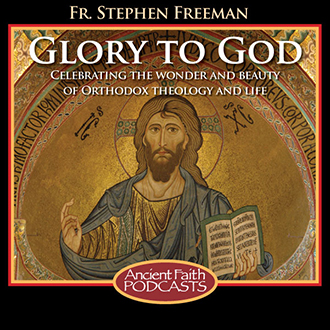Category: Reflections
-
Broken Communion
The holidays can make it all too poignant: the terrible fact of broken communion. Often, our festivities bring us into close contact with some (few or many) whom we most commonly avoid. An uncle, an aunt, a brother, a parent whose relationship is marked with pain, misunderstanding, shame, and various other torments. Statistics say that…
-
Through a Glass Darkly
Perhaps the most intriguing passage in all of St. Paul’s writings is his description of an inner struggle in Romans 7. “For I know that in me (that is, in my flesh) nothing good dwells; for to will is present with me, but how to perform what is good I do not find.For the good…
-
Conformed to His Image
One of the most distinctive doctrines in Orthodox theology is that of theosis – divinization – becoming “like God.” Those who inquire into the faith likely stumble across this teaching fairly early, and, no doubt, some are drawn to it. Of course, there are those who run away from it and fear that it is…
-
A Cultural Feast
I read somewhere that, prior to the Protestant Reformation, there were over 50 feast days in England on which people did no labor (these were in addition to Sundays). If you do the math, it adds up to over seven weeks of vacation per year. The Reformation abolished all but one or two. I have…
-
The Last Enemy
The Last Enemy (as named by St. Paul in 1Cor 15:26) was also the first enemy, and has been our enemy throughout human existence: it is death. Death is more than the separation of the soul from the body, it is the threat of non-being. In the writings of the Fathers, particularly those of the…
-
It’s a Lying Shame
The story of the first sin begins not with a choice, but with a lie. As much as we tend to emphasize “free-will” as the origin and dominant factor of human sin, we do well to remember the true nature of our lives. Things are much more complicated than freedom can account for. Rather, we…
-
The Ascetic Imperative – A Matter of Communion
Among the more interesting experiences in my life was the two years spent in a Christian commune. It was not West Coast fancy, much less connected to anything historic such as the Bruderhof. It started with two very zealous Jesus freaks (myself and a friend), an apartment, and something of a necessity thrust on us…
-
When Shame Becomes Toxic
Articles on the topic of shame inevitably provoke questions. This short article is an effort to give a bit more substance by way of an answer to some of those questions. I hope it is helpful. Shame is a normal emotion – one which we could not live without. It signals emotional boundaries (among…
-
Self-Emptying and Self-Fulfillment
There are many ways to imagine or describe human existence. Perhaps the darkest of all can be seen in the writings of the English philosopher, Thomas Hobbes. He essentially described human beings as living in a constant state of competition. Our “natural state” is one of self-interest. He famously wrote of the state of nature:…





Father, I wanted to let you know that I have ended up purchasing an icon. It shows the same qualities…